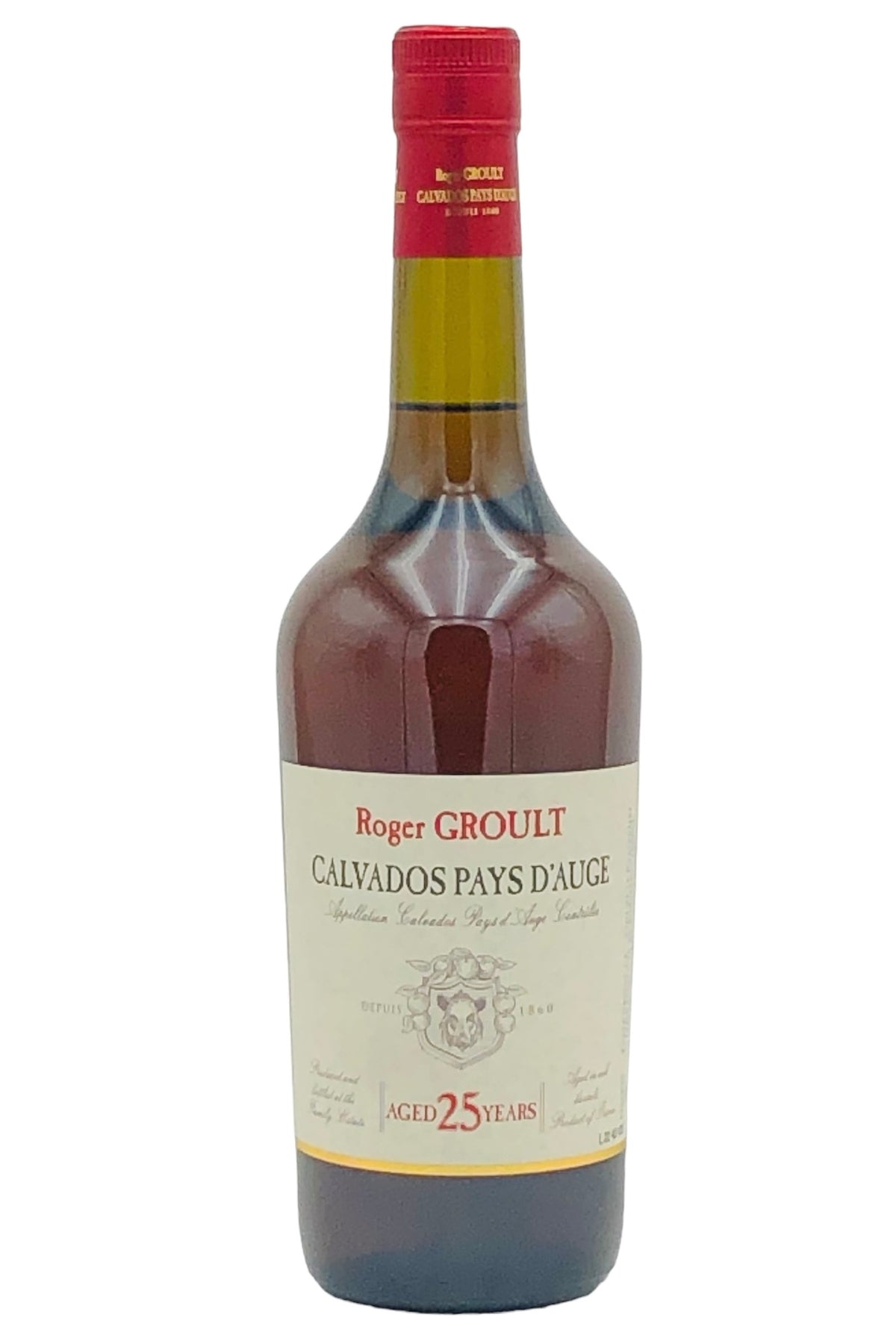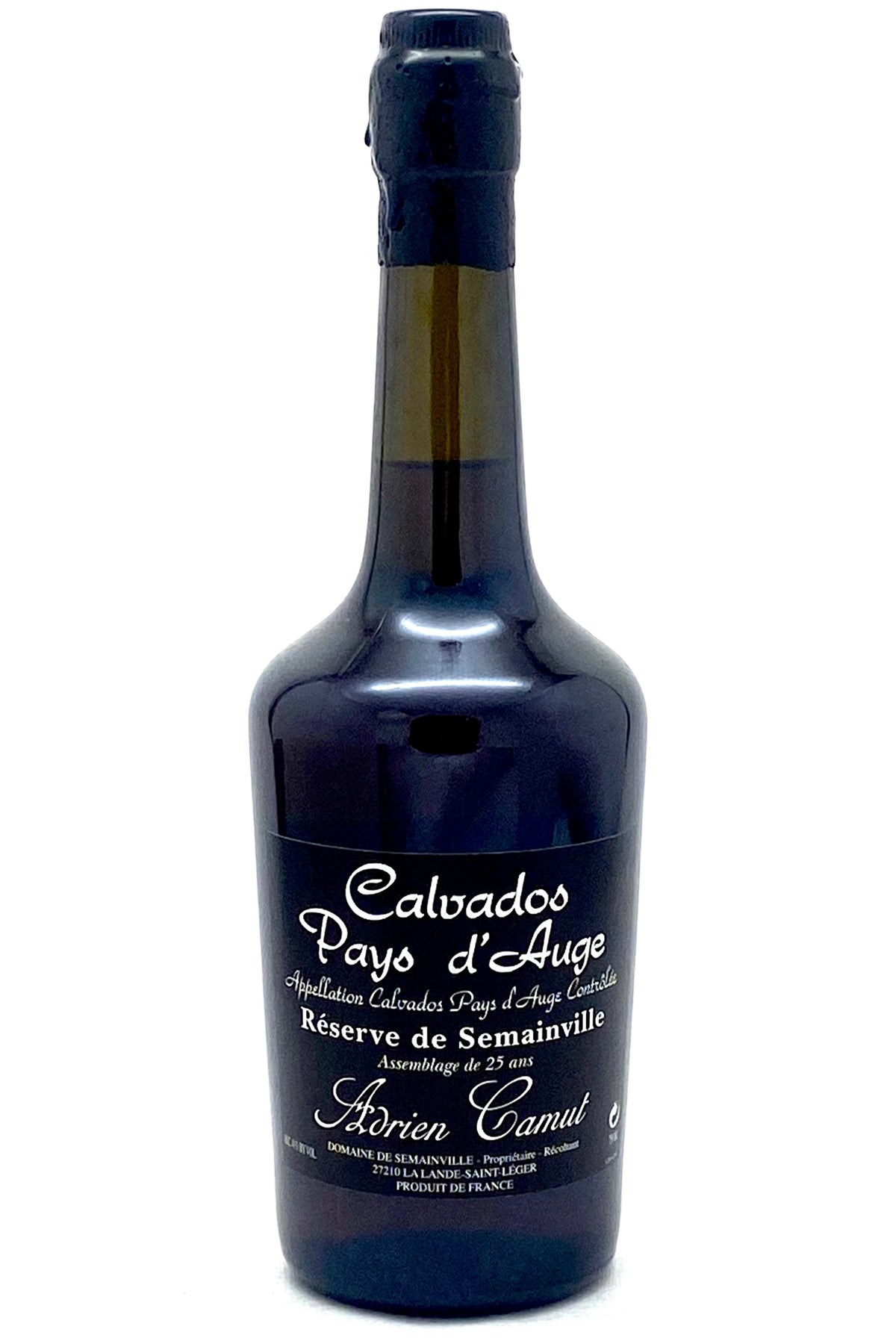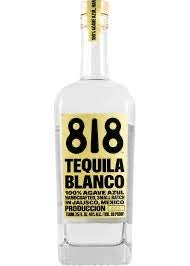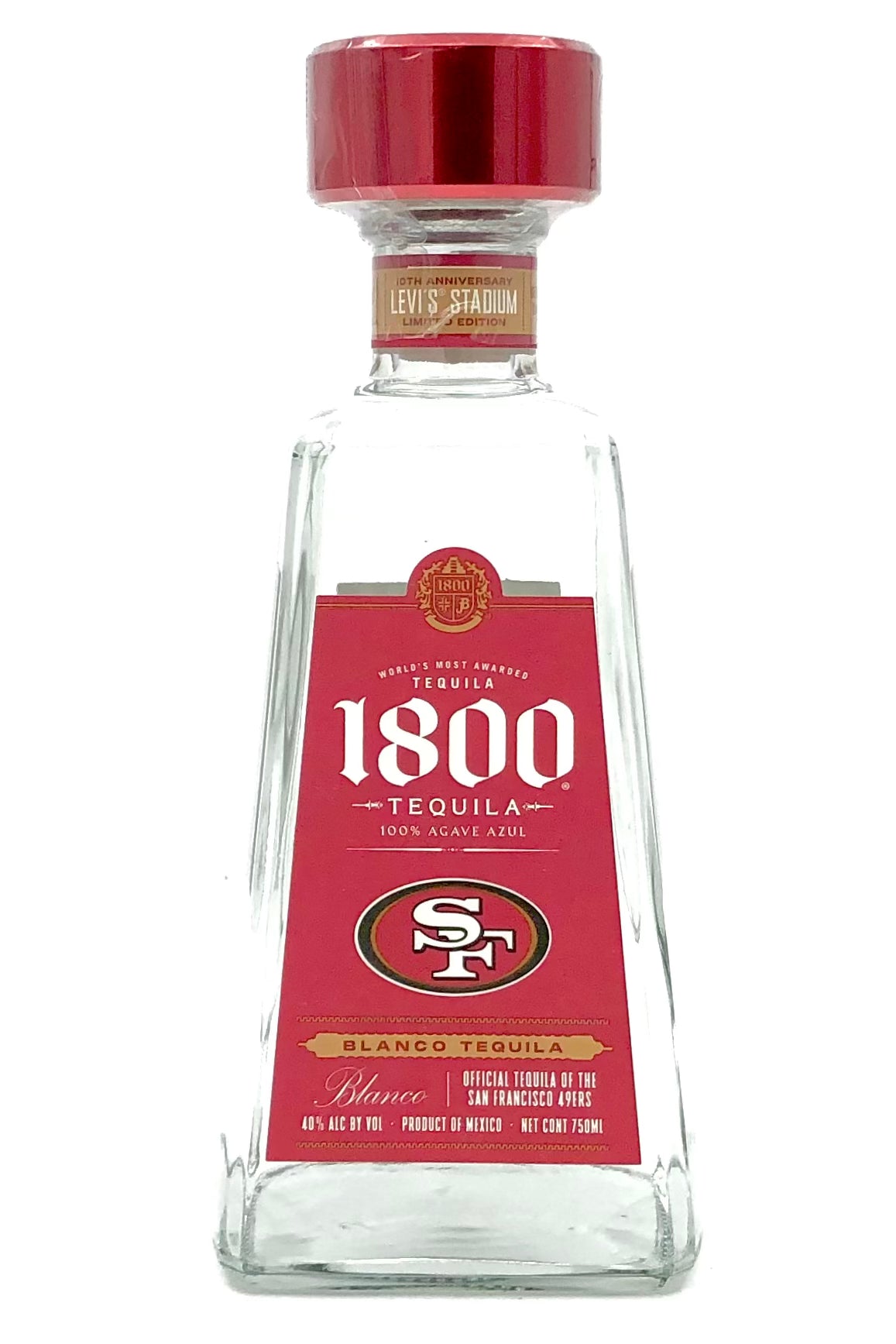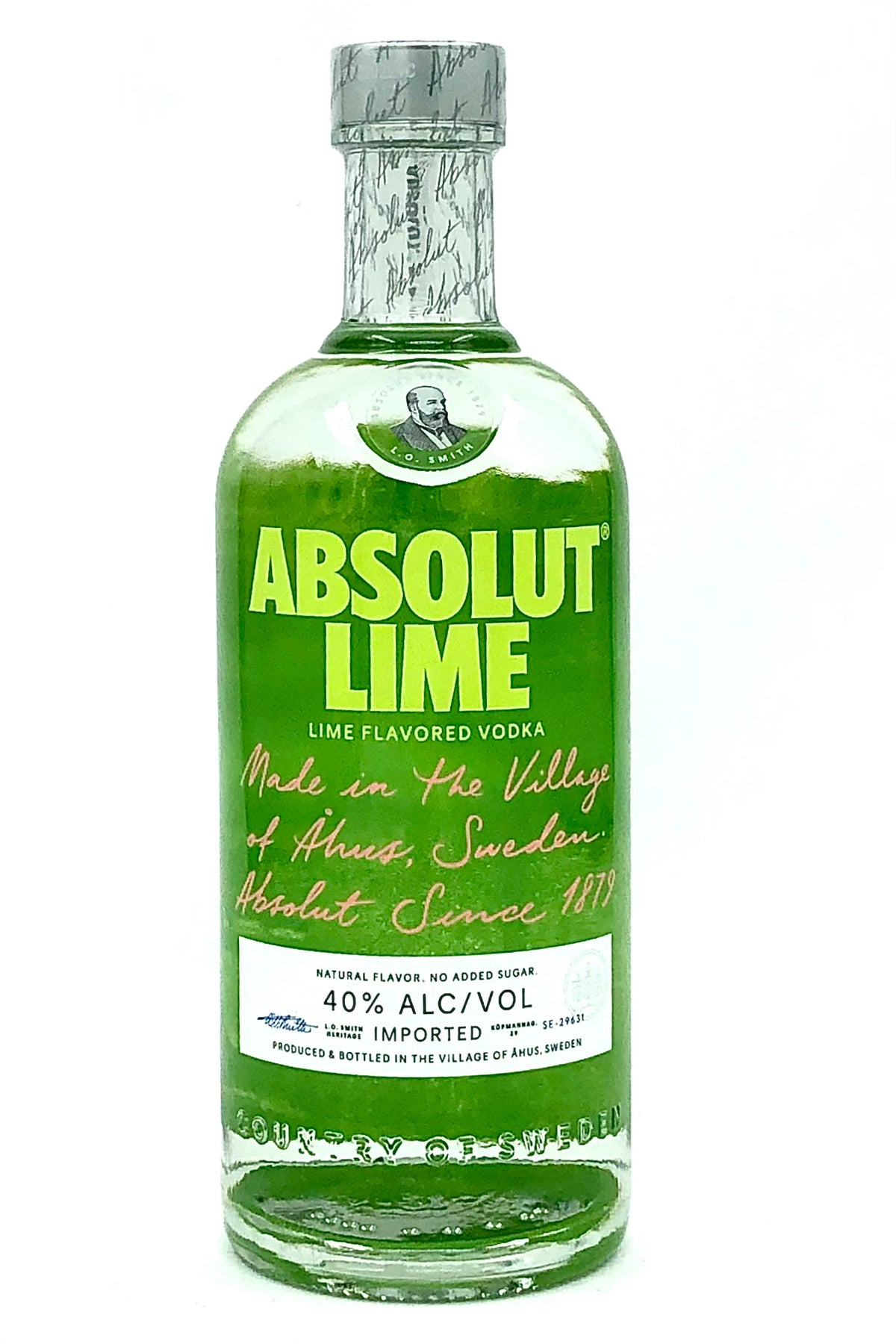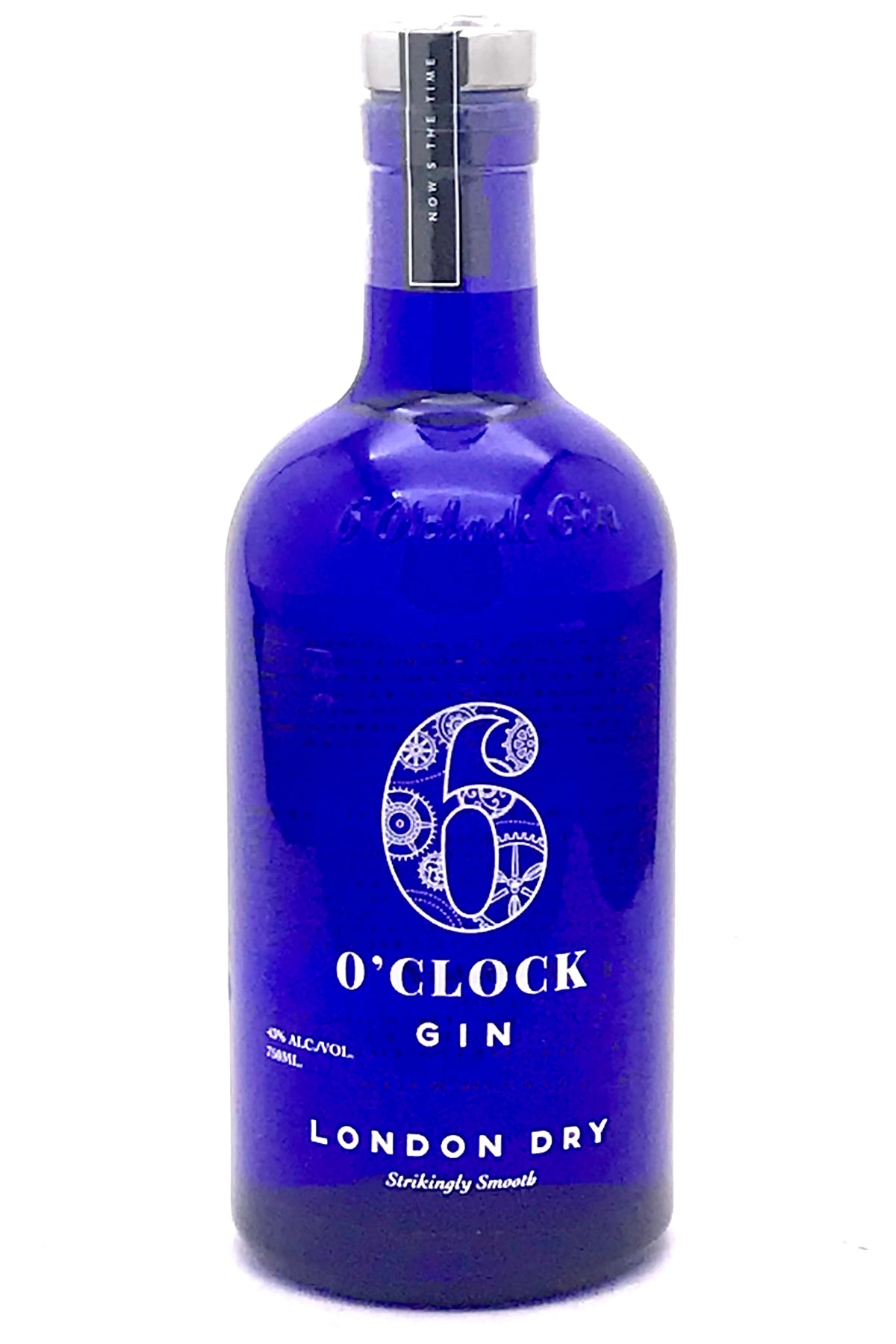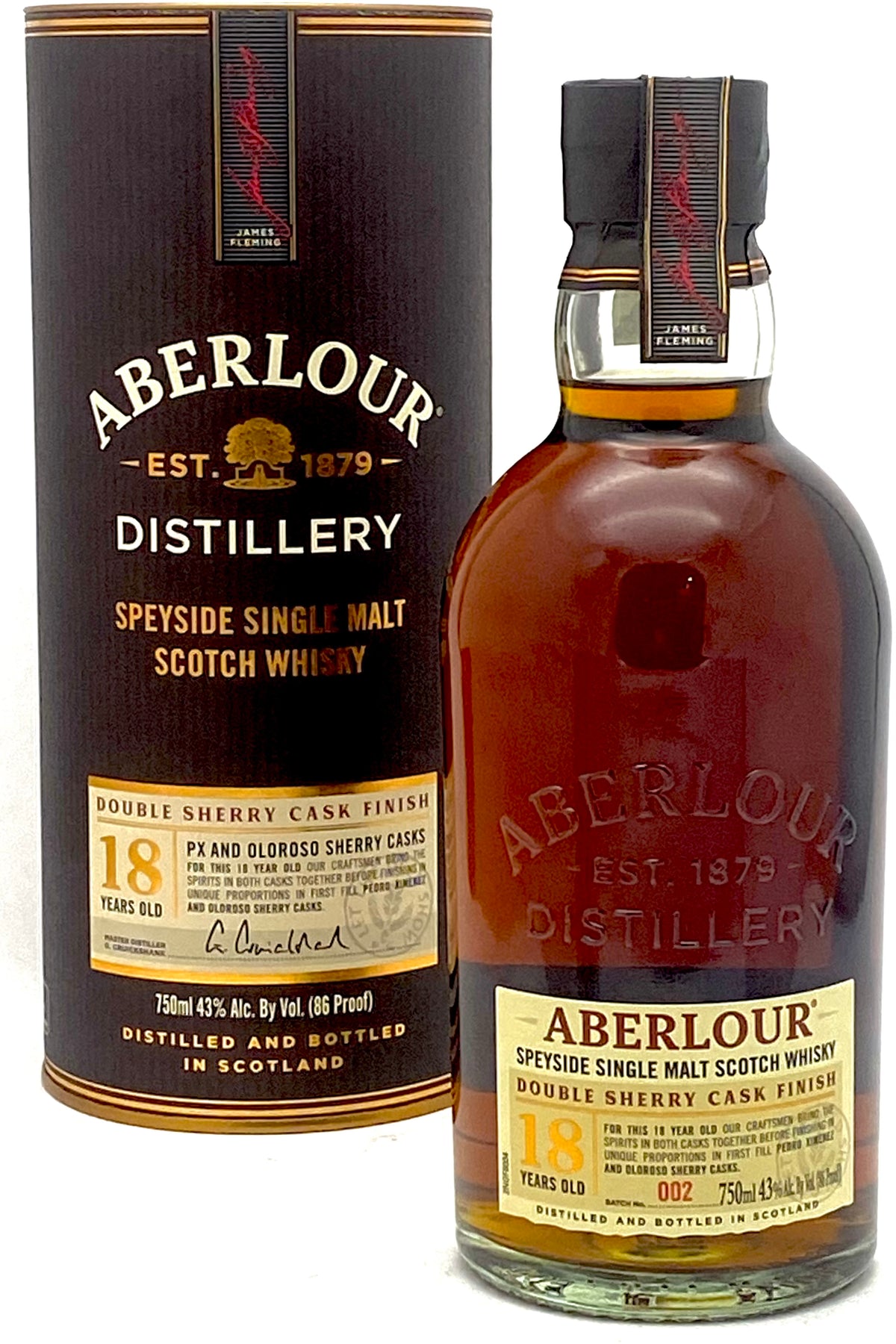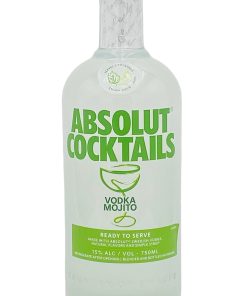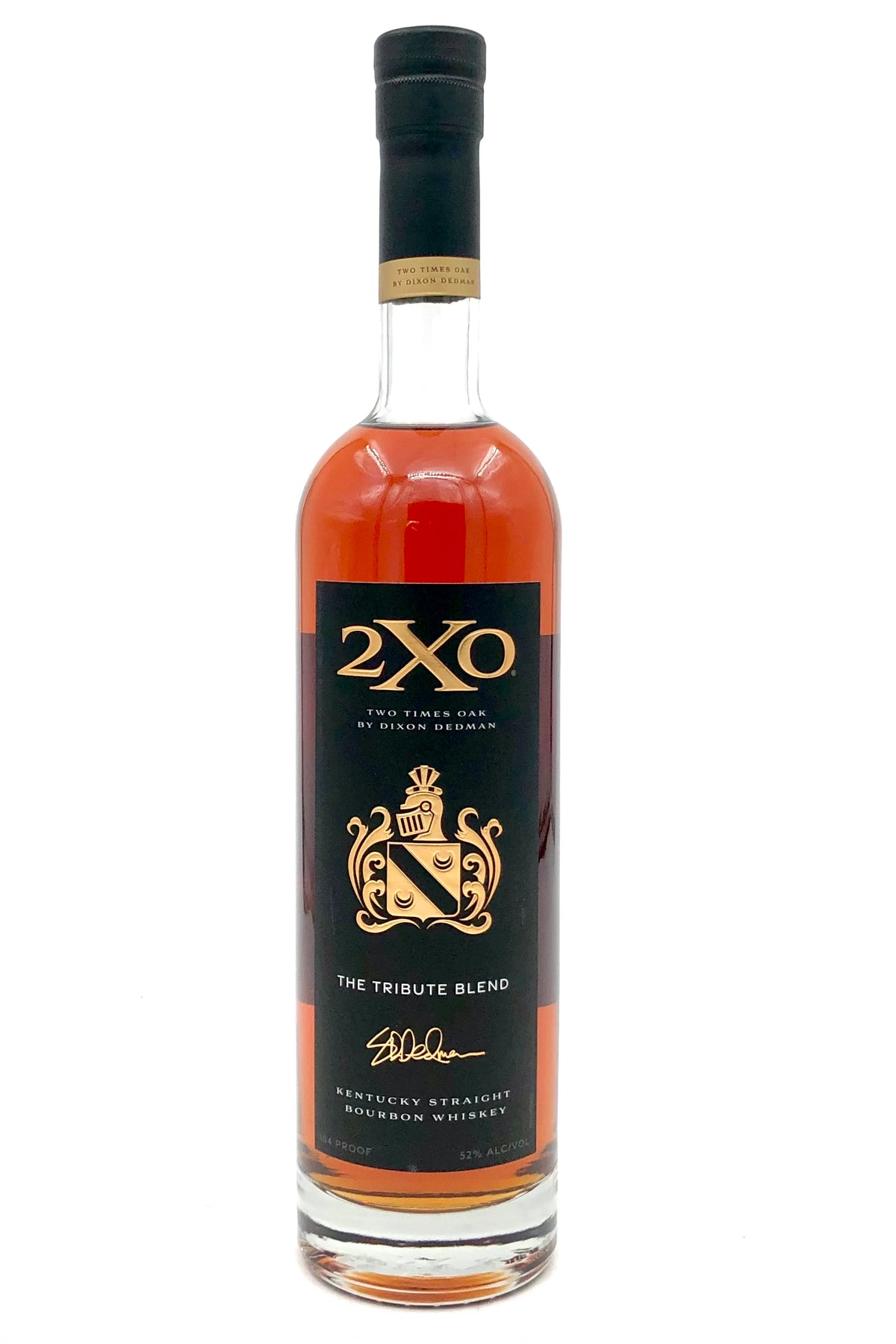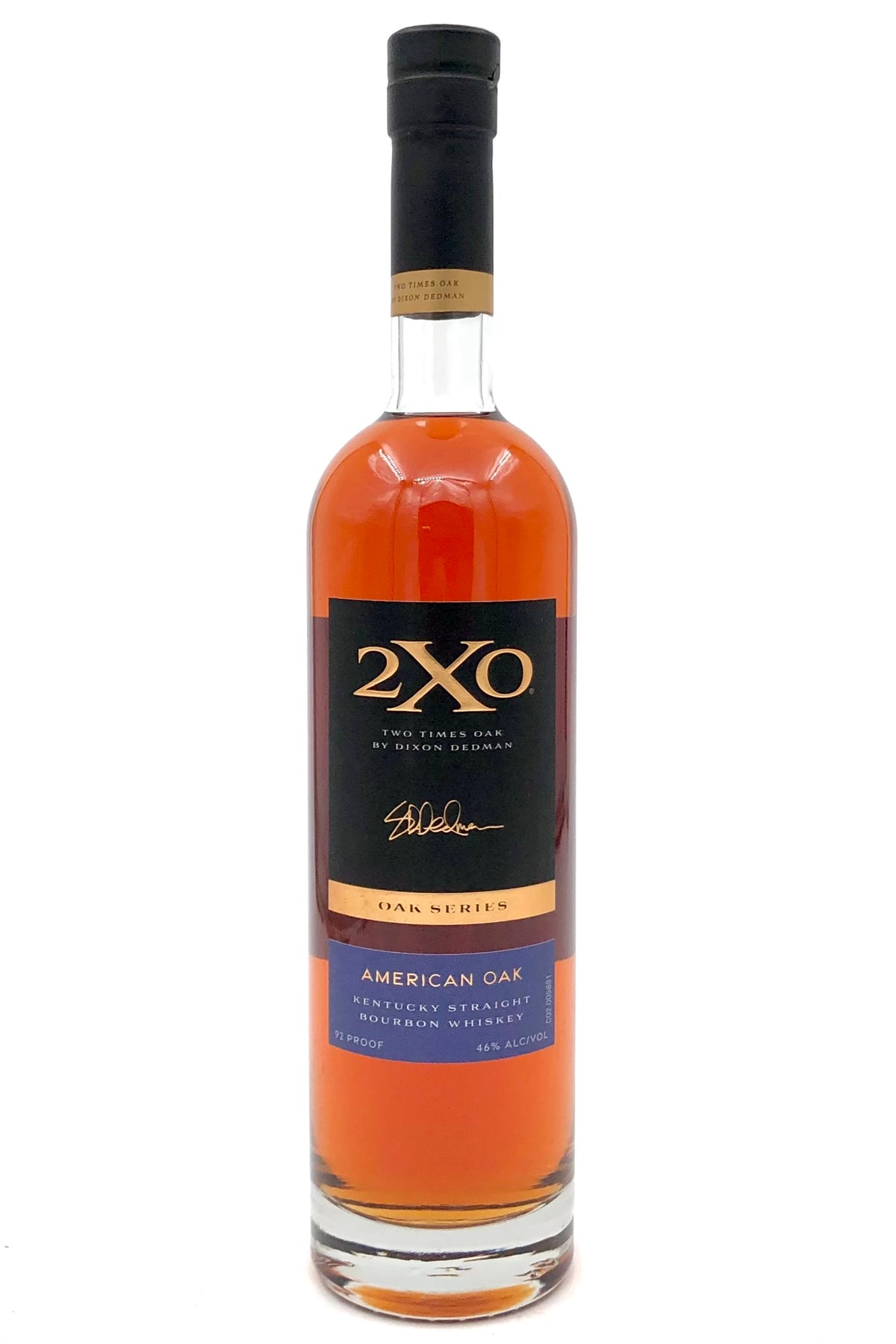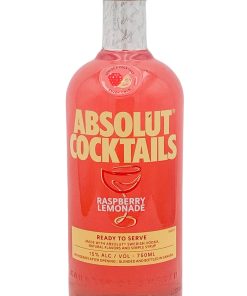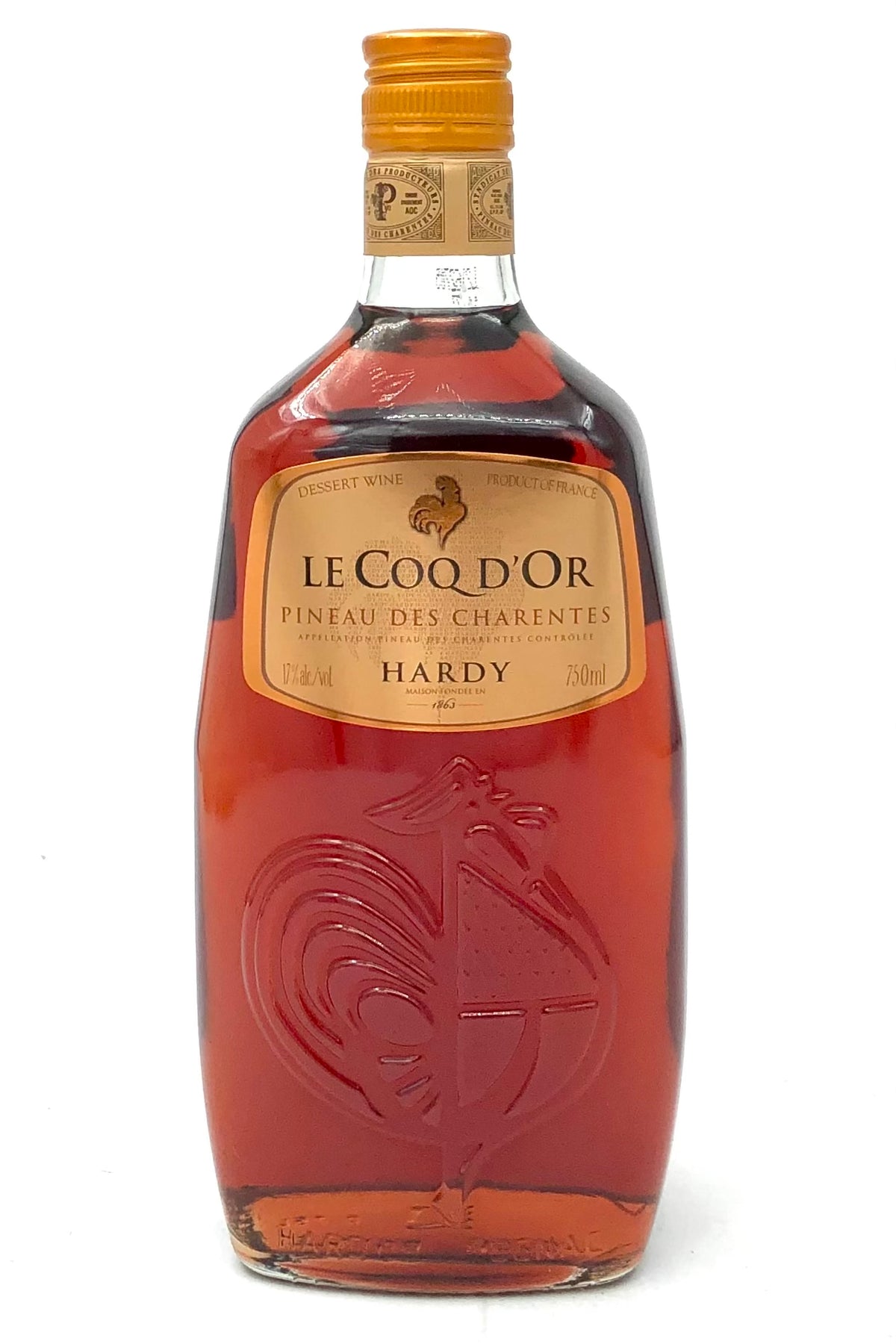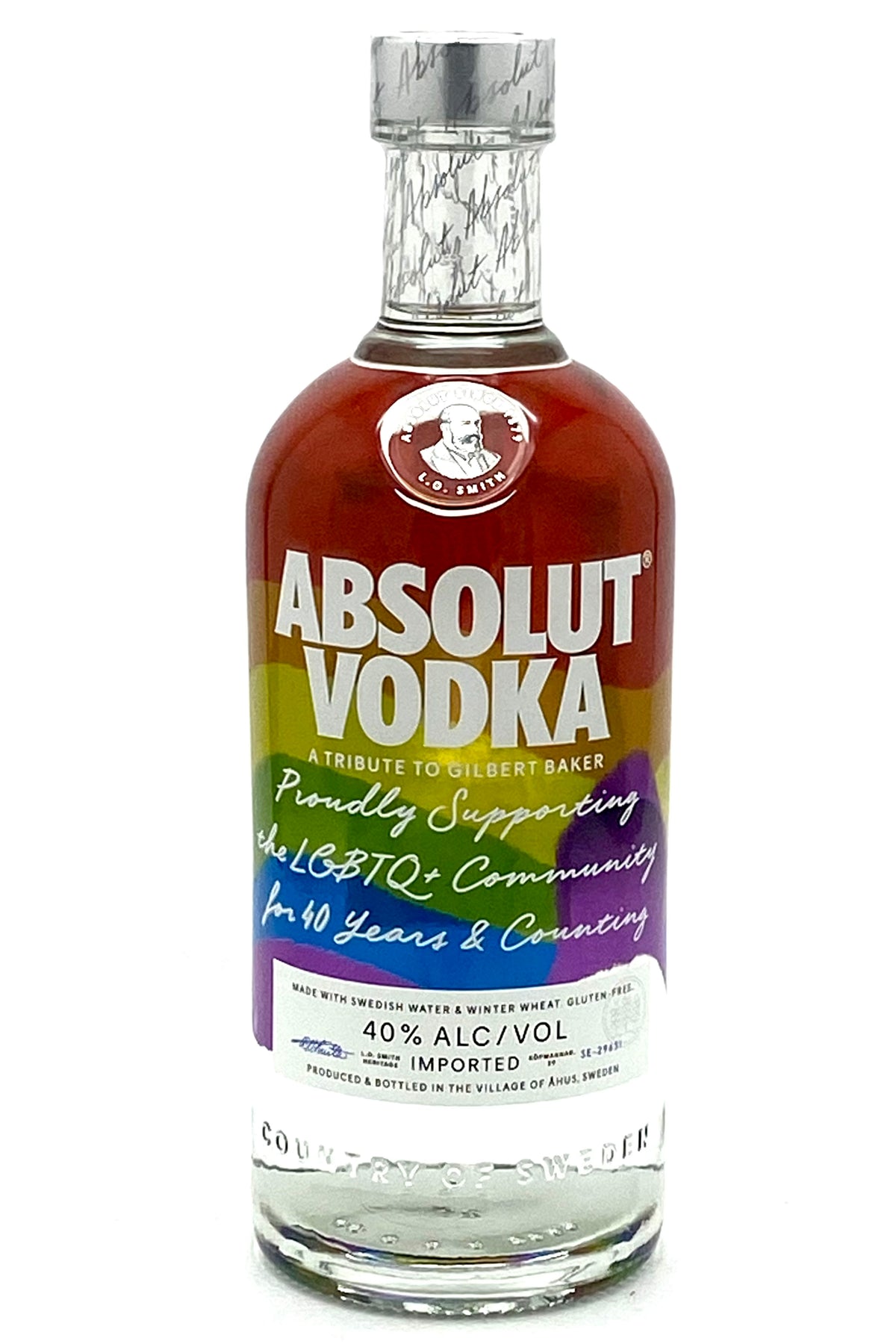Roger Groult 25 Years Old Pays d’Auge Calvados Winebow
$ 250,00 $ 100,00
4 stars, Highly Recommended. “Cocoa brown color; very minor sediment seen, inconsequential. Yes, I get odors of old oak / sawdust right away as I do a full measure of baked apple… leaving the aromatic door open for deft, mature fragrances of black pepper, oak plank, apple butter, and spiced baked apple. Entry is lusciously sweet and apple ripe and buttery / creamy and I can’t help wonder how this entry transformed my impressions…to full tilt green light; midpalate exhibits all the mature attributes of an older calvados, meaning sublime apple strudel taste, slight piquancy from the touch of baking spice (nutmeg mostly), the underscoring influence of oak-impacted lipids (fats) that make the texture rich and creamy, and just an overall apple brandy splendor right through the languid, leisurely aftertaste that begs for a cigar.”
Paul Pacult, Spirit Journal, Dec. 2018
From October to December all the cider apples are sorted by hand and cleaned before being pressed. 600 tons are pressed each year on average; 1 ton of apples can produce 700 liters of cider for distillation.
Apple ciders (6-7%vol.) are distilled after one year of slow and natural fermentation on fine lees. The first heating of cider in our alembic pot-stills produces the intermediary alcohol named “petite eau” at 30% vol. The second distillation is the “proper heating” (“la bonne chauffe”) and produces Calvados at 70% vol. on average. In both of distillations they separate heads and the tails to keep only the best part of the distillation, “le coeur de chauffe”.
Pioneers in long-aging their Calvados, a separate cellar has been built and dedicated to each generation of the family, giving a feeling of continuity, consistency, and quality when touring the estate. Groult ages their Calvados only in very old oak barrels (most of them are more than 100 year old) to focus on the fruit taste. Groult has more than 350 barrels in their cellars. Barrels are never totally empty to keep roots of very old Calvados for each blend. The age mentioned on the label corresponds to the youngest vintage that was used for the blend.
Bottling is also done at the domain, without chill filtration, in order to preserve the maximum of aromas and sweetness in the Calvados.
Fast Delivery and Professional Packaging
Due to our longstanding partnership with UPS FedEx DHL, and other leading global carriers, we are able provide various shipping options. Our warehouse staff are educated to pack your items precisely according to the specifications that we supply. Before they are shipped the goods are thoroughly inspected and secured. Every day, we deliver to thousands of clients in different countries. Our determination to be the largest online retailer in the world is shown by this. The warehouses and centers for distribution are in Europe, as well as the USA.
It is important to note that orders with more than one item are given a processing time according to the particular item.
Before shipping, we will inspect the ordered items carefully before shipping. The majority of orders are shipped within 48 hours. Delivery time ranges between 3-7 days.
Returns
Due to the multiple parties involved such as the factory and the warehouse, we are unable to effectively manage inventory. Stocks can be changed at any time. Please understand it may happen that your order will be out of stock once your order has been made.
Our policy lasts for thirty days. If 30 days have passed without a trace since the purchase and we are unable to offer an exchange or refund.
For your item to be considered eligible for return it must be in its original packaging, unopened and in the same state as you received it in. The item should be in its original packaging.
Related products
SPIRITS
SPIRITS
SPIRITS
SPIRITS
SPIRITS
SPIRITS
